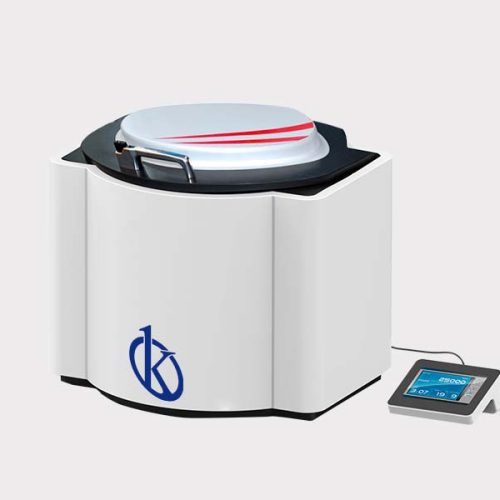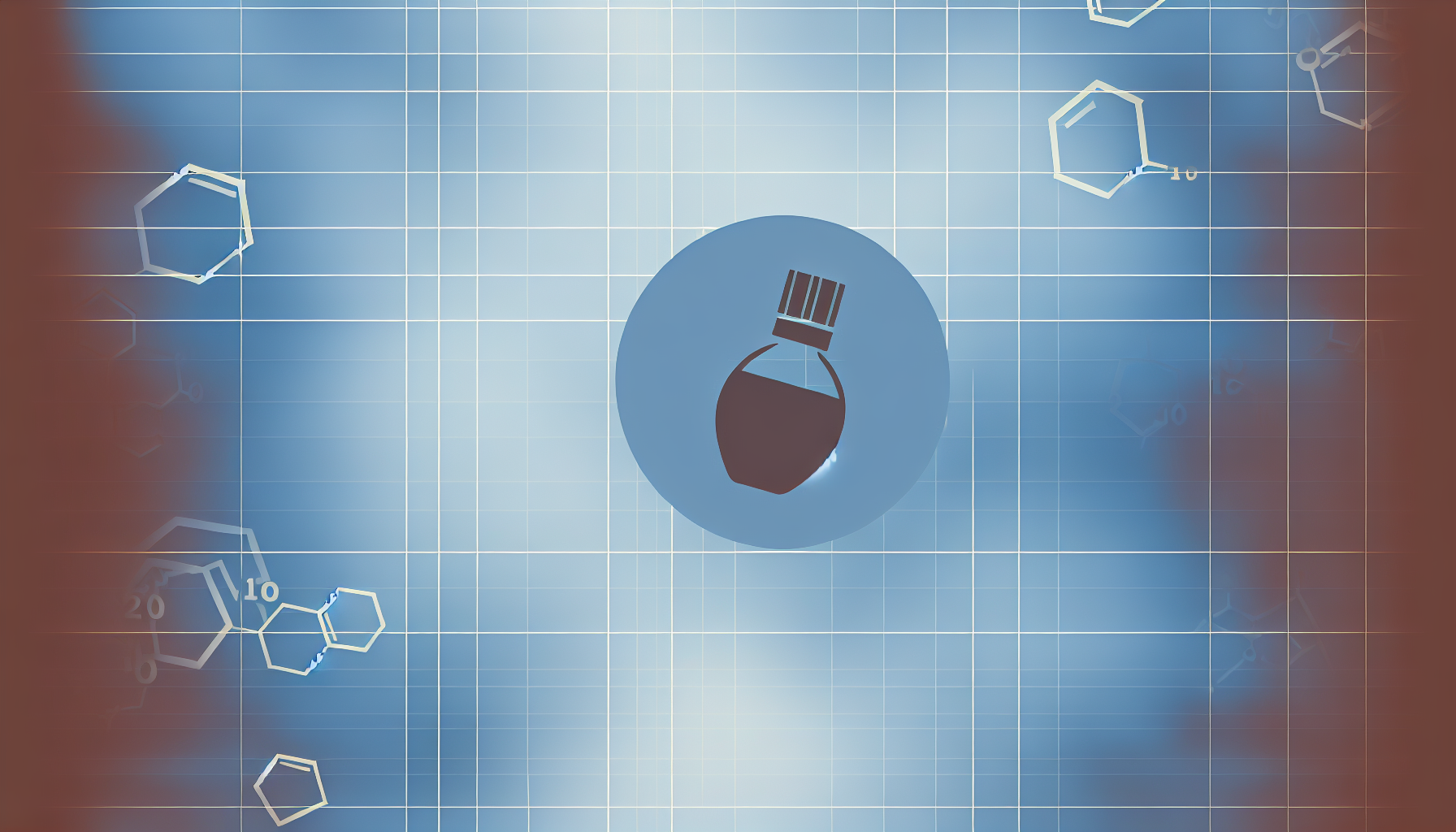Microwave digesters are equipment that perform sample digestion in order to obtain information about its components at the elementary level, they are used in many fields, from biology, chemistry, medicine, textile industry to the cosmetics industry. Microwave digestion is used hand in hand with the spectrophotometry technique, since in the latter it is necessary that the sample is in liquid state to be able to analyze it.
With a microwave digester multiple samples can be digested effectively in a very short period of time, which increases their usefulness. Its rationale is to add different types of reagents to the test sample, these can be hydrochloric acid, nitric acid or hydrogen peroxide, among others, everything will depend on the type of sample with which the analysis will be done.
Operation of a microwave digester
The main objective of microwave digesters is to decompose the samples to their basal elements for better analysis of their components, this can be applied to samples of different types, for example, to plants, food, pharmaceuticals or soil samples, among others. The use of microwave digesters is very attractive because their digestion times are very short, this thanks to the use of closed containers and heating the sample with reagents, which allows a typical digestion can last between 20 and 40 minutes and reach about 300 ° C.
This method is based on taking a portion of sample that is added to the microwave digester container along with some type of acid previously selected, then the container is sealed and then the energy is applied to the microwave, this allows a quick heating of the sample along with the acid. The fact that the sample is included in a closed container causes the digester to work at very high pressures and temperatures, above the boiling point of the acids, which in turn increases the oxidative potential of the acids and accelerates the decomposition of the sample to its most basic elements.
Applications of microwave digesters
Microwave digesters are very useful in many branches of science where you want to know the components of different types of samples. Their basis allows them to be used in fields such as biology, medicine, chemistry or in various industries such as cosmetics or plastics. Below are the uses of the microwave digester in different fields:
- In biology: for enzymatic testing, tissue fixation or drying.
- In medicine: for heating contrast media and blood plasma.
- In chemistry: to analyze food, to prepare and heat samples, to evaporate solutions or to dry substances.
- In industries: in the petrochemical industry, in the manufacture of plastics, ceramics or metals.
Microwave digestion in food
Microwave digestion is very important in the food industry because through it you can know the quality of the food that will come to market. For example, through studies evaluating the minerals contained in foods, you can know the concentration of these to know if it will be necessary to perform other procedures to increase the quality of the same.
Microwave digestion can also assess the concentration of metals or other elements in food. So, microwave digesters are a fundamental tool in any laboratory where food analyzes are performed, since in these require that they have a high quality so that they do not affect the health of consumers.
Kalstein brand microwave digesters
At Kalstein we are MANUFACTURERS of clinical and laboratory equipment, among the latter are our microwave digesters, which are characterized by: having a non-contact pressure and temperature monitoring system, having large storage, power adjustment and a safety protection system. We have the most competitive prices on the market for all our models of microwave digesters, and we assure you that when you make your PURCHASE with us, you will have at your disposal our team of experts to clarify any of your doubts.
To view our catalog of microwave digesters go to HERE For more information about the rest of our equipment visit HERE




